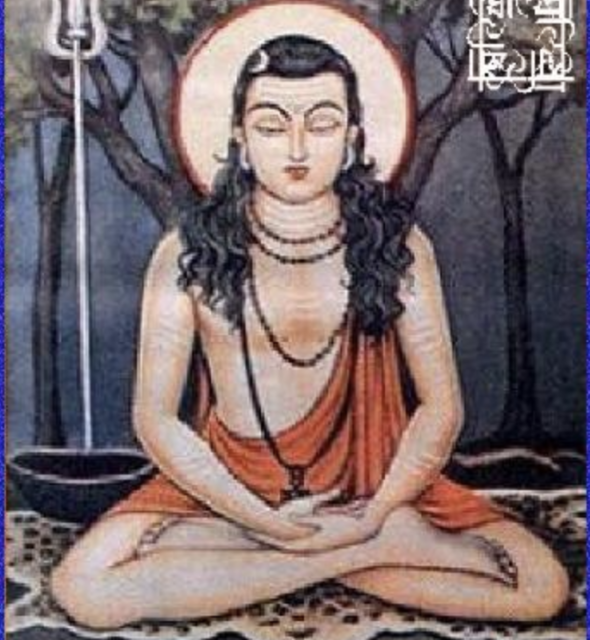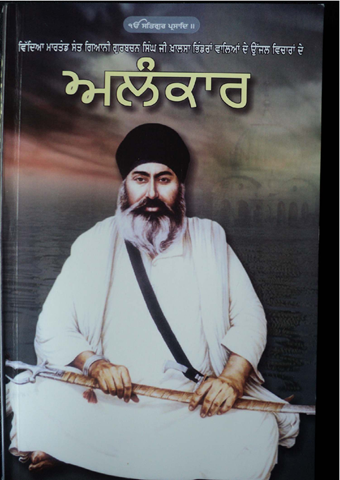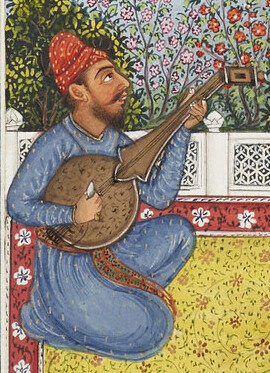
BUNGAS The word bunga is derived from the Persian bungah meaning a hospice, or a dwelling place. In the Sikh tradition, the word specifically refers to the dwelling places and mansions which grew up around the Harimandar at Amritsar and at other centres of Sikh pilgrimage. These were primarily the houses built by the conquering sardars and chiefs in Sikh times or by Sikh school men and sectaries. Amritsar housed the largest complex of such buildings.

ALPHABET (GURMUKHI) Punjabi alphabet is known as Gurmukhi. Since its characters were used for writing and transcribing the biography and hymns of Guru Nanak, it was given this name by the second Sikh Guru, Guru An gad Dev. It is a misnomer to call the Guru as the inventor of its characters, because before the advent of Guru Nanak, their usage had been prevalent according to in a tablet found at A thur in Ludhiana district. Even Guru Nanak himself based one of his poems entitled \'patti\' on its characters. This Alphabet is also called \'Paint is Akhri\' because it contains thirty-five letters.

AI PANTH, one of the twelve sects of yogis, whose adherents worship Ai Bhavani, a tribal female deity, believed to be an extension of Sakti. Siva in the form of ardhanarisvara is said to have two forms represented by his own halves. His right side is the male whose followers are called daksinacharis, whereas his left portion represents the female known as Sakti, the basic power also called Amba, Durga, Kali or Bhavani. Worshippers of the female aspect of Siva are called vamamargis, known for their peculiar beliefs and customs. They accept no taboos in the matter of food and accord religious sanction to sexual freedom.










